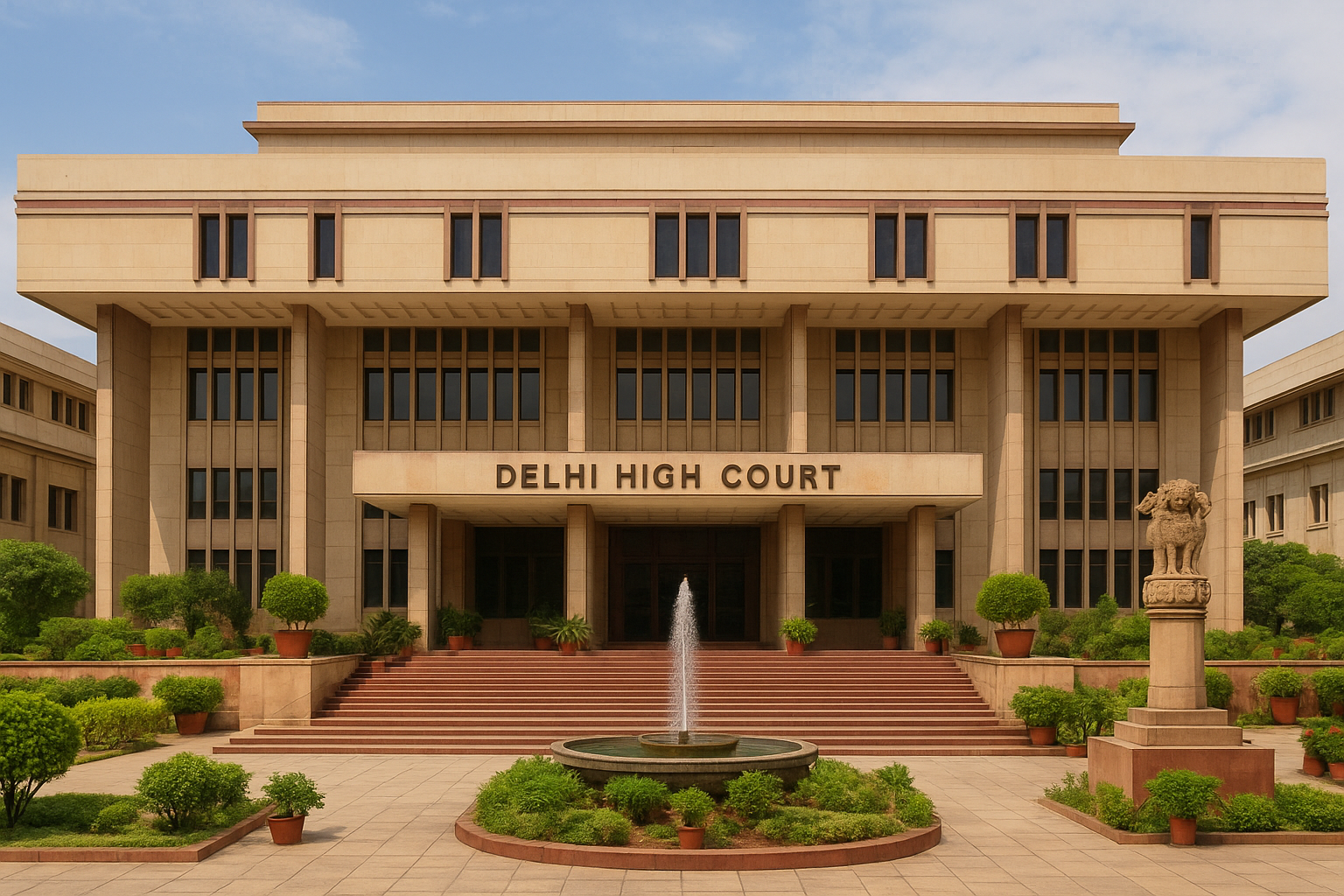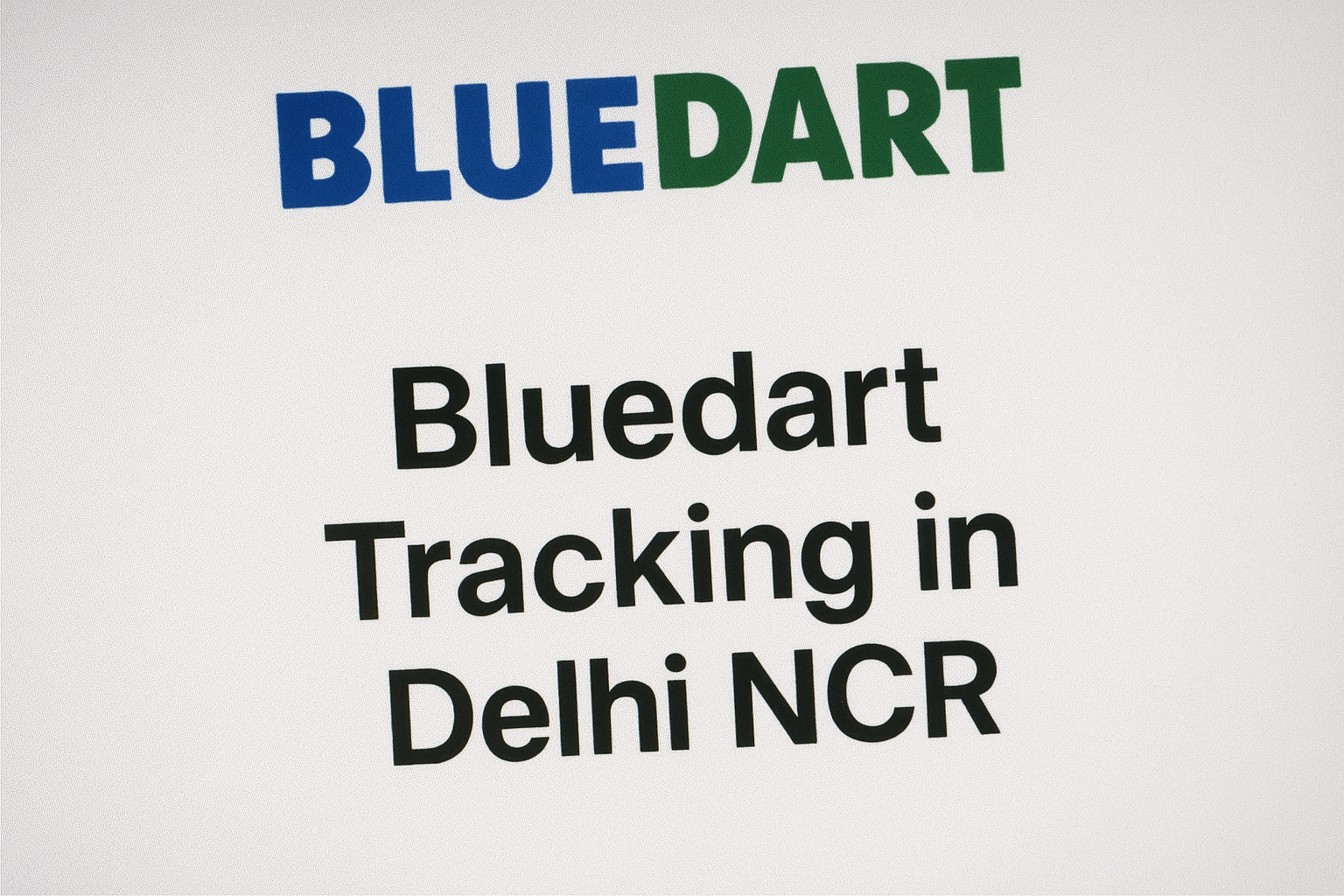Introduction: More Than a Court, An Institution
Standing as a majestic sentinel of justice in the heart of the capital, the Delhi High Court is not just a building where legal battles are fought; it is a vital institution that upholds the rule of law for millions. For residents of Delhi, legal professionals, and curious visitors, the High Court represents the complex and powerful machinery of Indian judiciary. This guide delves into its rich history, architectural grandeur, and its profound impact on the lives of people in the National Capital Territory (NCT) of Delhi.
A Glimpse into History: From Mughals to Modernity
The story of the Delhi High Court is intertwined with the city’s own turbulent history.
- The Mughal Legacy: The present court building is situated on what was once the location of a Mughal Serai (a resting inn for travelers), a testament to the layers of history that define Delhi.
- Post-1857 Establishment: After the Indian Rebellion of 1857, the British established a
Chief Court of the Punjabin Lahore, which had jurisdiction over Delhi. - The Birth of the Delhi High Court: Following India’s independence, the need for a separate high court for the capital was recognized. The Delhi High Court was officially established on October 31, 1966, following the
Delhi High Court Act, 1966. Its first sitting was held on February 1, 1967.
Architecture and Location: A Symbol of Dignity
Located on Sher Shah Road near India Gate, the Delhi High Court building is an imposing structure made of striking red sandstone. The architecture reflects a blend of colonial and modern Indian styles, projecting an aura of authority and solemnity. Its grand corridors and high-ceilinged courtrooms are designed to inspire respect for the judicial process.
Jurisdiction and Function: What Does the High Court Do?
The Delhi High Court is the highest court of appeal for the NCT of Delhi. Its functions are vast and critical:
- Original Jurisdiction: It can hear cases directly, without them being appealed from a lower court, particularly in matters of fundamental rights and major civil or constitutional disputes.
- Appellate Jurisdiction: It hears appeals against the judgments of lower courts in Delhi, such as District Courts and tribunals.
- Writ Jurisdiction: This is one of its most powerful tools. Citizens can file writ petitions (like Habeas Corpus, Mandamus) directly to the High Court for the enforcement of their fundamental rights.
- Supervisory Role: It supervises and guides all the subordinate courts within its territory to ensure the proper administration of justice.
The High Court’s Role in Public Life
The Delhi High Court is not an isolated institution; its judgments actively shape society and governance in the capital. It frequently hears and rules on critical matters such as:
- Environmental Issues: Passing landmark orders on air pollution (like directives on vehicular emissions and crop burning) and the protection of forests like the Ridge area.
- Public Safety and Governance: Overseeing the functioning of the Delhi Police and municipal corporations.
- Civil Liberties: Delivering progressive judgments on freedom of speech, LGBTQ+ rights, and gender equality.
- Administrative Disputes: Resolving conflicts between the Delhi government and the Central Government.
Visiting the Delhi High Court: A Guide for the Public
While it is a working court, it is accessible to the public.
- Who Can Visit? Anyone interested in observing the judicial process. Law students are frequent visitors. Litigants and their lawyers are the primary attendees.
- How to Enter? You will need to register at the entrance gate by providing a valid government-issued ID (like an Aadhaar card, passport, or driver’s license). Security is strict, similar to an airport.
- Etiquette and Dress Code: Maintain silence inside the courtrooms. Dress modestly and formally as a sign of respect for the court. Avoid shorts, sleeveless tops, and flip-flops.
- Observing a Case: You can sit in the visitor’s gallery of any courtroom that is hearing a case. The cause list (the daily schedule of cases) is available on the official Delhi High Court website, which you can check to see which cases are being heard.
The Delhi High Court vs. The Supreme Court of India
It’s important to distinguish between the two:
- Delhi High Court is the top court for the National Capital Territory of Delhi.
- Supreme Court of India is the highest court in the country, located in Delhi. A judgment from the Delhi High Court can be appealed in the Supreme Court.
Conclusion: The Guardian of Delhi’s Constitutional Conscience
The Delhi High Court is far more than its red sandstone facade. It is a dynamic, living institution that breathes life into the Constitution for the people of Delhi. From protecting the rights of a single individual to issuing directives that affect the entire metropolis’s environment and governance, it remains a cornerstone of democracy and justice in India’s capital. Understanding its role is key to understanding the legal and social fabric of Delhi itself.



